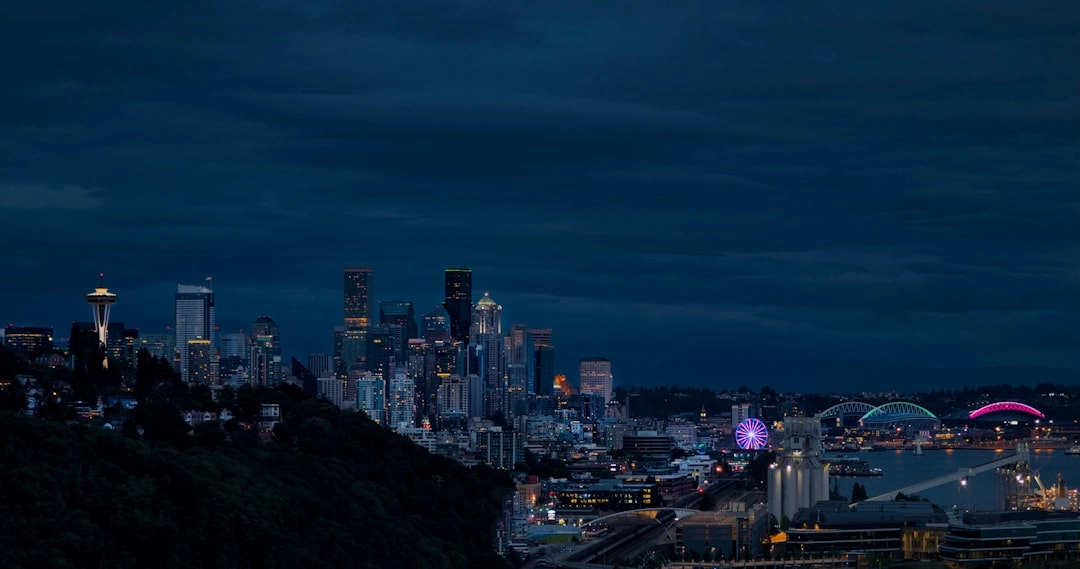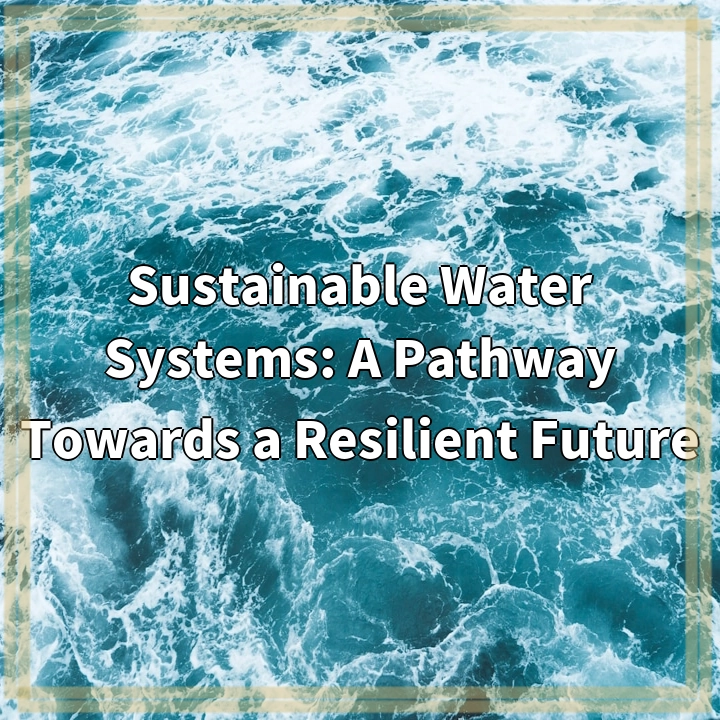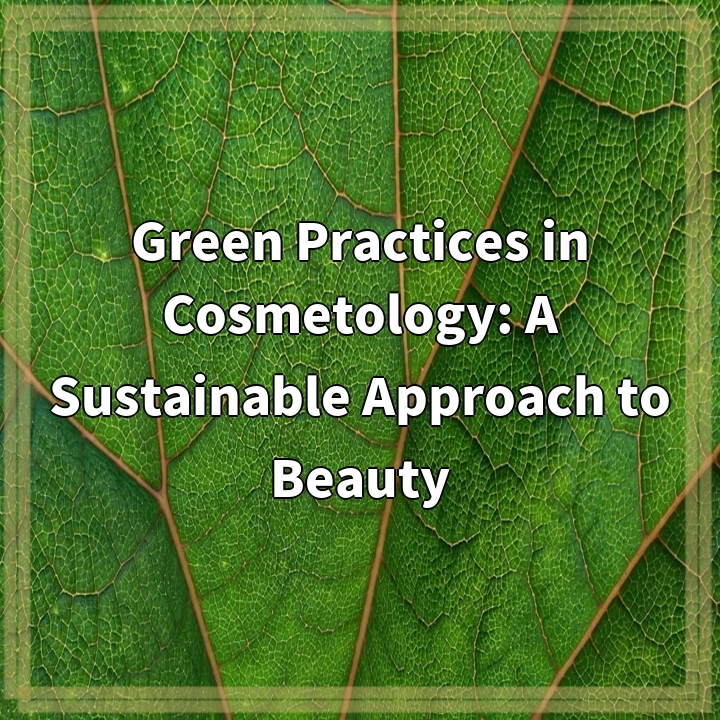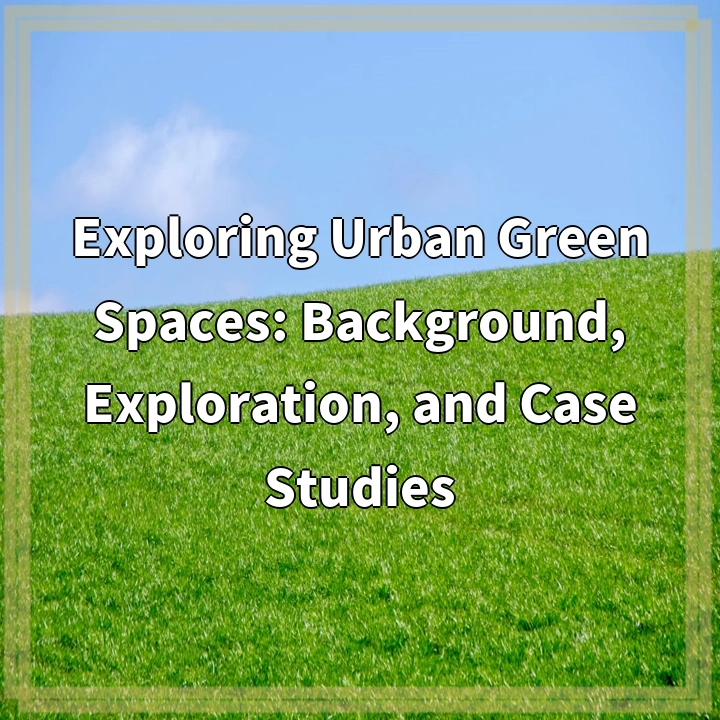
What it is:
Exploring Urban Green Spaces
Urban green spaces are designated areas within urban environments that are intentionally designed or preserved to provide greenery, vegetation, and natural elements. These spaces can take various forms, such as parks, gardens, green rooftops, and community gardens. They serve as valuable resources for both people and the environment.
Benefits of Urban Green Spaces:
– Improved Mental and Physical Health: Access to green spaces has been linked to reduced stress, improved mental well-being, and increased physical activity.
– Enhancing Biodiversity: Urban green spaces provide habitats for various plant and animal species, contributing to biodiversity conservation within cities.
– Cooler Urban Environment: Green spaces help mitigate the heat island effect by providing shade and evaporative cooling, reducing temperatures in densely built-up areas.
– Stormwater Management: Green spaces absorb and filter rainwater, reducing the burden on urban drainage systems and minimizing the risk of flooding.
– Social Gathering Spaces: Parks and gardens offer opportunities for people to connect with nature, socialize, and build community bonds.
Real-World Problems Associated with Urban Green Spaces:
1. Limited Access: Inequitable distribution of urban green spaces can lead to limited access for certain communities, particularly in low-income neighborhoods and marginalized areas.
2. Green Space Deficiency: Many cities lack sufficient green spaces to meet the needs of their growing populations. This deficiency can result in overcrowded parks and limited recreational areas.
3. Maintenance and Management Challenges: Urban green spaces require regular maintenance, including watering, pruning, and waste management. Limited funding and staff can result in neglected and poorly managed green spaces.
4. Urbanization and Development Pressure: Rapid urbanization and development often lead to the conversion of green spaces into commercial or residential areas, contributing to the loss of biodiversity and reducing the availability of public green spaces.
5. Climate Change Impacts: Climate change can pose additional challenges for urban green spaces, such as increased heat stress on plants, intensified storm events, and the need for adaptive management strategies.
Conclusion:
Exploring urban green spaces offers numerous benefits for both individuals and the environment. However, addressing the real-world problems associated with these green spaces is crucial to ensure equitable access, sufficient allocation of resources, and sustainable management practices. Governments, urban planners, and communities must collaborate to overcome these challenges and create healthier and more sustainable cities.
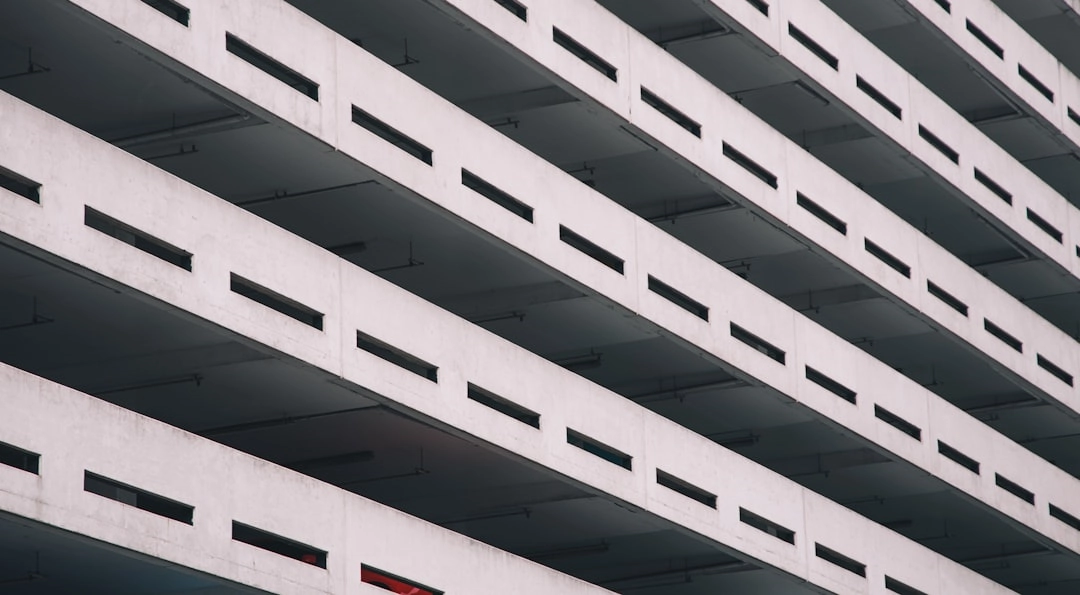
Solutions to Real-World Problems of Urban Green Spaces:
1. Improving Access:
– Implementing equitable distribution strategies to ensure all communities have access to nearby green spaces.
– Investing in the creation of new urban green spaces in underserved neighborhoods.
– Enhancing public transportation systems to improve accessibility to existing green spaces.
2. Addressing Green Space Deficiency:
– Conducting detailed urban planning that includes the allocation of sufficient space for green areas in future development projects.
– Rehabilitating and repurposing underutilized or abandoned spaces into urban green areas.
– Encouraging the establishment of private green spaces, such as rooftop gardens and vertical forests.
3. Enhancing Maintenance and Management:
– Increasing financial resources and staff allocation for the regular maintenance and upkeep of urban green spaces.
– Engaging community members in volunteer programs and partnerships to assist in the maintenance and management efforts.
– Implementing smart technologies for efficient green space management, such as automated irrigation systems and waste management sensors.
4. Balancing Urbanization and Conservation:
– Integrating urban green spaces into city planning regulations and urban design guidelines.
– Designating certain green spaces as protected areas, ensuring their preservation amid urban development.
– Incorporating green infrastructure, such as green roofs and permeable pavements, into new construction projects.
5. Climate-Resilient Green Spaces:
– Planting climate-adapted and resilient plant species to withstand heat stress and extreme weather events.
– Implementing sustainable water management practices, including rainwater harvesting and using water-wise irrigation systems.
– Developing long-term climate change adaptation plans to address the potential impacts on urban green spaces.
Conclusion:
By implementing these solutions, cities can overcome the real-world challenges associated with urban green spaces, ensuring equitable access, sustainable management, and the creation of resilient and vibrant green areas that improve the overall quality of urban life.
